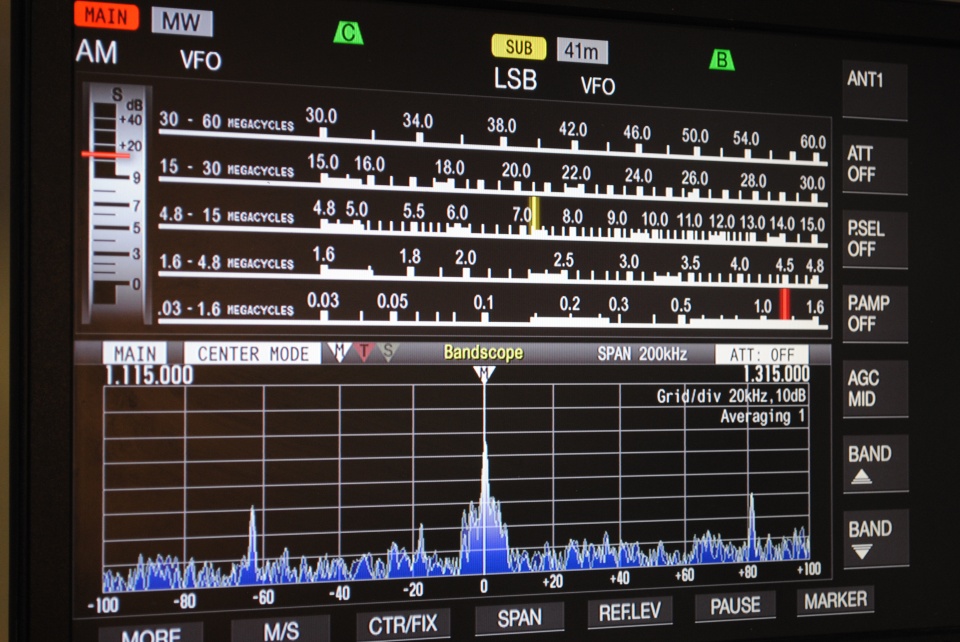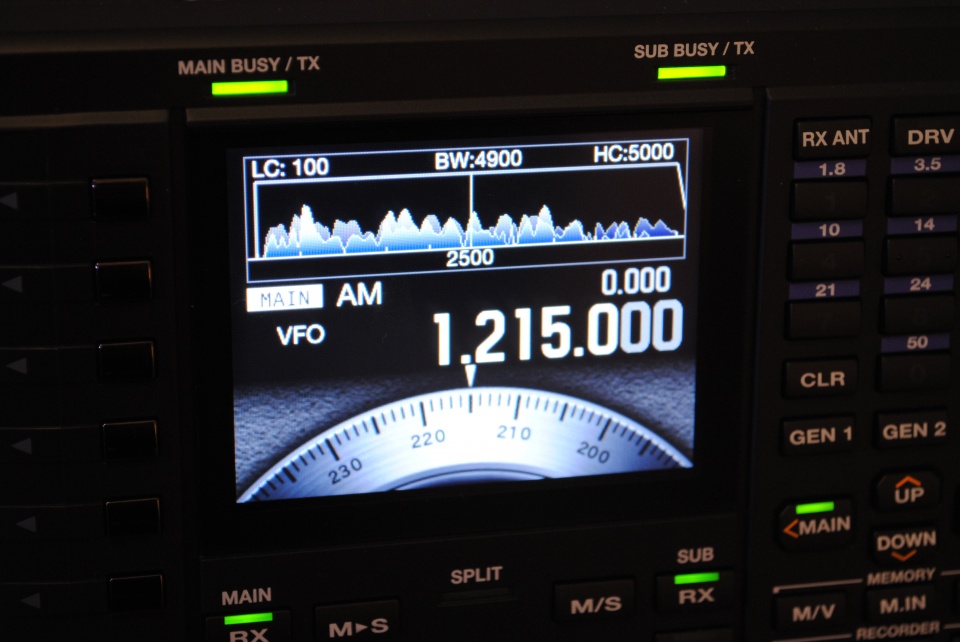 I finally took delivery of my TS990s in early January 2014 and it came with the latest firmware from the factory. First impressions, distilled into single words: massive, engineered, beautiful, functional, imposing, radio bling. But not a microphone in sight which I thought was pretty odd but they must have got their sums right, I would never had used a cheap mic on this wonderful radio anyway since I use a stick mic on a table boom (Heil Goldline) but it would have been good to check without making up a cable.
I finally took delivery of my TS990s in early January 2014 and it came with the latest firmware from the factory. First impressions, distilled into single words: massive, engineered, beautiful, functional, imposing, radio bling. But not a microphone in sight which I thought was pretty odd but they must have got their sums right, I would never had used a cheap mic on this wonderful radio anyway since I use a stick mic on a table boom (Heil Goldline) but it would have been good to check without making up a cable.
 Everything about this rig is solid. My expectations had been managed by all the articles that I’ve read on the internet about the radio and I double checked the radio when I compared both the FTdx5000MP and the TS-990s at the RSGB convention in late 2013. For me, the TS-990s was the winner, although more expensive. The main reason for switching my allegiance from Yaesu was the size (I like very large radios), the in-built monitor and scope function, and particularly the fact that a single USB cable connects the rig to my WIndows 7 PC, effectively de-cluttering my MK2R+ SO2R system. I was fed up with all the wires everywhere. Continue reading →
Everything about this rig is solid. My expectations had been managed by all the articles that I’ve read on the internet about the radio and I double checked the radio when I compared both the FTdx5000MP and the TS-990s at the RSGB convention in late 2013. For me, the TS-990s was the winner, although more expensive. The main reason for switching my allegiance from Yaesu was the size (I like very large radios), the in-built monitor and scope function, and particularly the fact that a single USB cable connects the rig to my WIndows 7 PC, effectively de-cluttering my MK2R+ SO2R system. I was fed up with all the wires everywhere. Continue reading →


